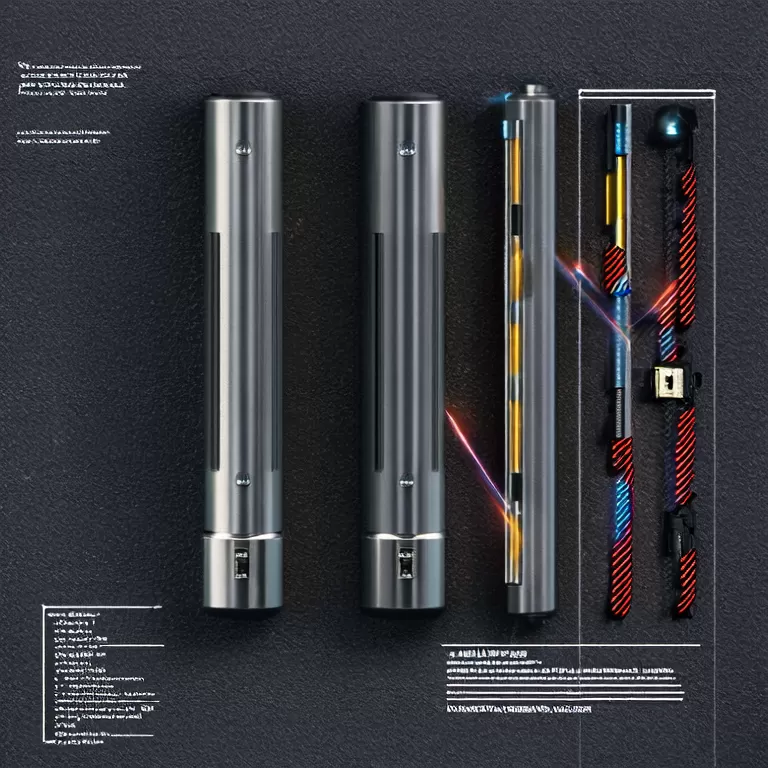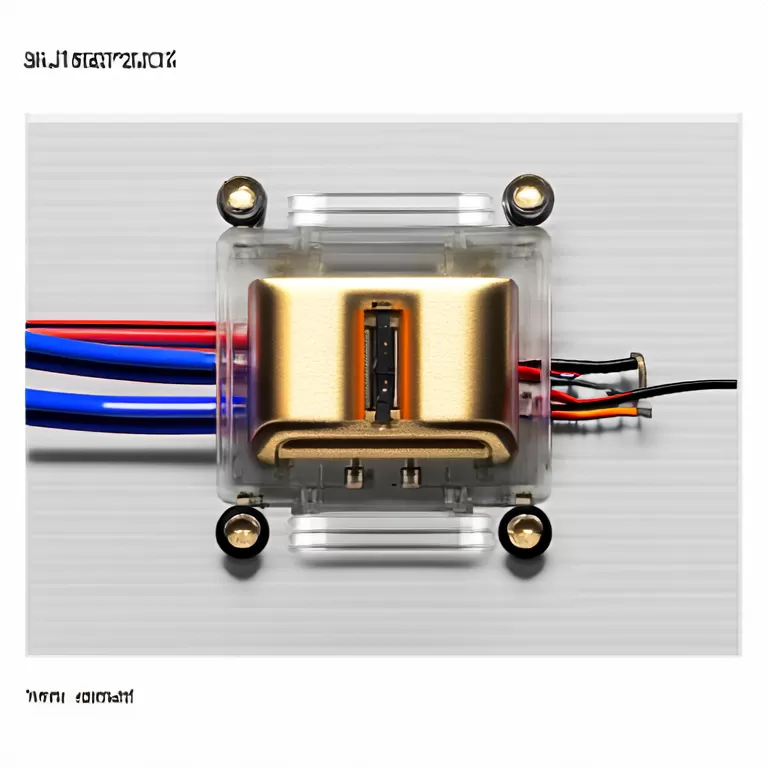- Home
- Products
+
- Connectors
+
- Box Header Connectors & Ejector Header Connectors
- Female Header Connectors
- Male Pin Header Connectors & Mini Jumper Connectors
- IC Socket / PLCC Socket / ZIF Socket Connectors
- Wire to Board Connectors & Wire to Wire Connectors
- IDC Connectors
- FFC / FPC Connectors
- Micro Match Connectors
- DIN41612 Connector
- D-Sub Connectors / D-SUB hood
- SIM & Micro SIM & Nano SIM Card Connectors
- Memory Card Connectors
- USB 2.0 / USB 3.0 / USB 3.1 / Type C / Micro USB / IEEE 1394 / Mini USB Connectors
- DVI Connectors & HDMI Connectors
- Y13 / Y17 /Y21 IP68 Waterproof Circular Connectors
- Circular Connectors
- SATA Connectors
- Audio Connectors
- Terminal Blocks
+
- PCB Terminal Block Rising Clamp
- PCB Terminal Block Wire Protector
- Pluggable Terminal Blocks
- Screwless-Spring terminal blocks
- Barrier Terminal Blocks
- Reflow Solder LCP Housing Terminal Blocks
- Fuse lighting terminal blocks
- Feed Through Terminal Blocks and Box
- Miniature Rail-mounted Terminal Blocks
- Insulated terminals
- Non-insulated terminals
- Solder terminals for PCB mount
- Switches +
- Crystals / Oscillators / Resonators +
- Transformers +
- Ethernet Connectors +
- RF Connectors +
- Sound sources +
- Latching Relay +
- Antenna +
- Connectors
+
- Cross Reference
- Solution
- About RHT
- FAQ
- Download
- News
- Contact Us +
What is the difference between screw and spring terminal blocks?
 Oct. 27, 2025
Oct. 27, 2025In the ever-evolving electrical industry, finding the right components is crucial for ensuring safe and efficient installations. Terminal Blocks are a vital part of this ecosystem, acting as connectors to secure electrical wires together. As a trusted Terminal Blocks Supplier, we understand the challenges faced in selecting the right terminal blocks for varying applications. This article will explore common user problems regarding terminal blocks, particularly focusing on screw vs. spring terminal blocks, and how they affect electrical connections.
What Are Terminal Blocks?
Terminal blocks are electrical connectors that facilitate the joining, organizing, and connecting of wires in a multitude of applications. They consist of a plastic base with metal contacts inside, which securely grip the wire when inserted. In the industry, terminal blocks can be classified into various types, including screw terminal blocks and spring terminal blocks.
Key Terminology
Screw Terminal Blocks: These use a screw mechanism to fasten wires in place, offering a secure connection suitable for high-vibration environments.
Spring Terminal Blocks: Also known as push-in terminal blocks, these utilize a spring mechanism that grips the wire upon insertion. They typically allow for quicker wire installation and removal.
Conductivity: Assessed through electrical resistance, the effectiveness of terminal blocks can be quantified; for instance, terminals can sustain 30A current with a minimal resistive loss measured at 0.1 ohms.
Application Scenarios: Where Are Terminal Blocks Used?
Terminal blocks are widely used across different industries and applications:
Control Panels: They are critical in providing organized wiring for easy maintenance and troubleshooting.
Automation Systems: Efficient connections in machinery enhance response rates, with some systems achieving operational speeds of 5000 operations per minute.
Renewable Energy Solutions: In solar and wind energy systems, they ensure safe and effective connections, accommodating up to 25A currents.
Building Wiring: In commercial buildings, terminal blocks facilitate circuit management, ensuring electrical safety standards are met.
Advantages of Using Terminal Blocks
The importance of terminal blocks in electrical installations cannot be overstated. Their advantages include:
Improved Organization: They help systematize wire management, reducing clutter and enhancing safety. For example, well-organized wiring can decrease installation time by 35%.
Increased Reliability: With minimal maintenance, terminal blocks securely hold connections, which helps reduce the likelihood of electrical faults. Productivity can increase by up to 20% when faults are minimal.
Enhanced Installation Speed: Spring terminal blocks allow for tool-free installations, significantly reducing labor time to as low as 50% compared to traditional screw installations.
Next Steps: Learning More About Terminal Blocks
To dive deeper into the benefits of terminal blocks and how to select the right type for your needs, consider reading the user guide for comprehensive insights. Understanding the nuances between screw and spring terminal blocks can be crucial for making the right choice tailored to your specific application needs.
Frequently Asked Questions (FAQs)
1. What is the main difference between screw and spring terminal blocks?
Screw terminal blocks utilize screws to hold wires in place, providing a tight grip especially useful in high-vibration applications. In contrast, spring terminal blocks allow for quicker wire termination and removal, ideal for setups requiring frequent changes.
2. Where can I buy terminal blocks from a reliable supplier?
You can source terminal blocks from trusted suppliers like RHT. They offer a diverse range of products to meet different electrical needs.
3. How do I choose the right terminal block for my project?
Consider factors such as wire gauge, voltage ratings, application environment, and accessibility for maintenance. Compatibility with your existing system is also crucial.
Conclusion
Terminal blocks play a pivotal role in the realm of electrical connections. Understanding your options between screw and spring terminal blocks will ensure that you make informed decisions that cater to your project requirements. Explore the world of terminal blocks with RHT, where quality meets reliability. Whether you are considering a new installation or a maintenance check, investing in the right terminal blocks will lead to safer and more efficient electrical systems.
 Dec. 12, 25
Dec. 12, 25
What connector is used in audio equipment?
 Dec. 12, 25
Dec. 12, 25
What is a feed-through terminal block?
 Dec. 10, 25
Dec. 10, 25










